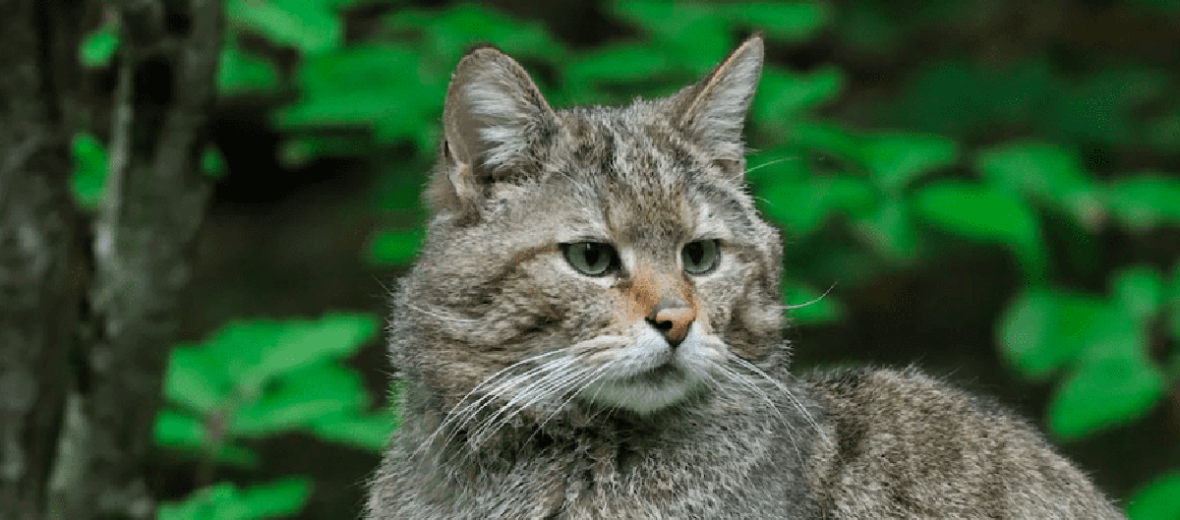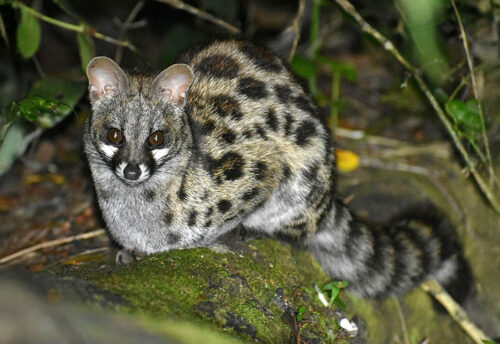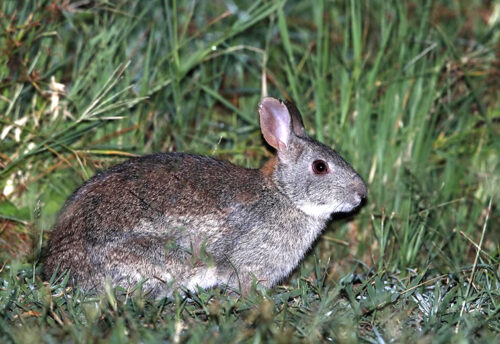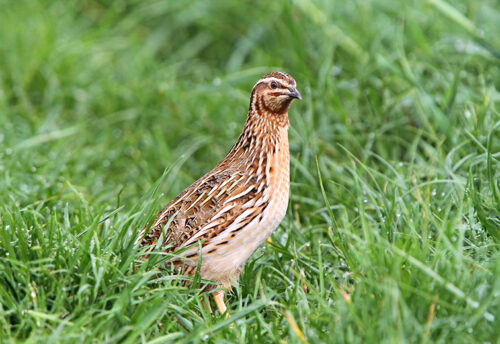
The Scottish wildcat, aka Highland tiger, was once found throughout the UK and Scotland. Now, they only dwell in northern and eastern Scotland. They prefer the edges of forests, rough grasslands, shrublands, and wooded habitats; avoiding agricultural habitats. Unfortunately, due to habitat destruction and loss, at the hands of farming and ranching; hunting; trapping; and invasive species (and with them disease and interbreeding – primarily with domestic cats), these felines are listed as Endangered by the IUCN. There are only an estimated 2,500 or fewer wild individuals remaining and their numbers are decreasing.
First the Stats…
Scientific name: Felis silvestris silvestris
Weight: Up to 16 lbs.
Length: Up to 25 inches, plus up to a 14 inch tail
Height: Up to 14 inches
Lifespan: Up to 15 years
Now on to the Facts!
1.) More specifically, Scottish wildcats are only found in the Black Isle, the Cairngorms, Aberdeenshire, Ardnamurchan, and the Angus Glens.
2.) These wildcats tend to steer clear of areas with snow deeper than 4 inches.
3.) Scottish wildcats are nocturnal (active at night).
4.) Being ambush predators, they lay in wait for unsuspecting prey to happen by, then, with a few leaps, they pounce on their prey and kill it via a bite to the occiput (neck) which paralyzes their prey.
5.) Like most cats, these critters are solitary and only come together to mate.
But wait, there’s more on the Scottish wildcat!
6.) Territories are denoted via scent marking from their scat.
7.) They prey on rabbits, moles, voles, mice, rats, and birds.
Did you know…?
These little critters can leap upwards of 9.84 feet!
8.) Uneaten kills are cached via digging a hole and burying the kill to save for later.
9.) As cats are, these felines are polygynous (1 male mates with multiple females).
10.) Females undergo up to a 6 month gestation (pregnancy) that yields up to 8 kittens.
But wait, there’s more on the Scottish wildcat!
11.) Kittens are born in a den and open their eyes in up to 13 days.
12.) Their eyes start off blue and eventually turn green in about 7 weeks.
13.) By 12 weeks of age, they are learning to hunt.
14.) At around 14 weeks, the kittens are fully weaned and leave mom at around 6 months of age.
15.) Foxes and various raptors prey on kittens and sometimes adult cats.
Now a Short Scottish Wildcat Video!
Be sure to share & comment below! Also, check out the Critter Science YouTube channel. Videos added regularly!
Want to suggest a critter for me to write about? Let me know here.
Photo credit: Arterra Picture Library/Alamy



